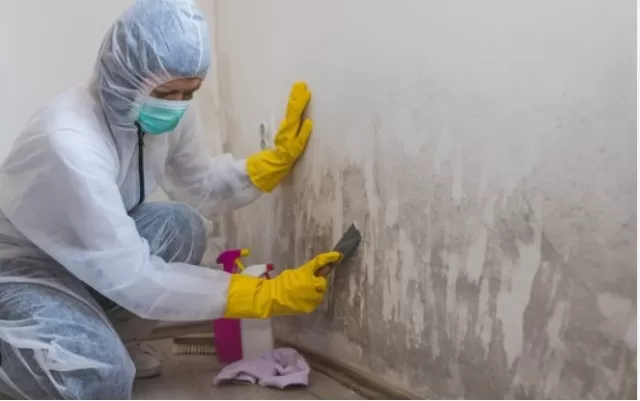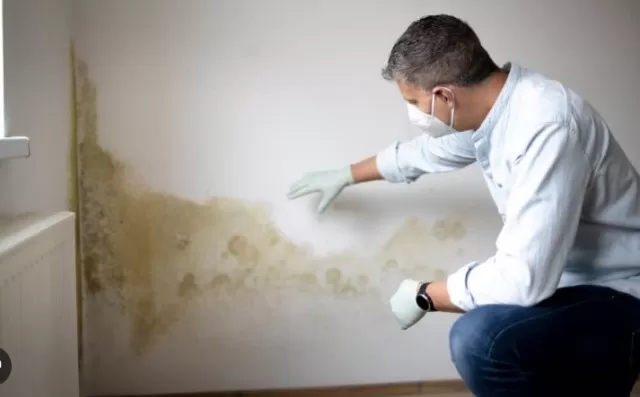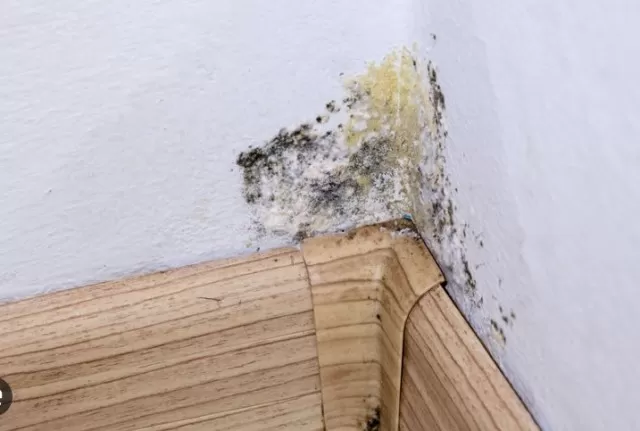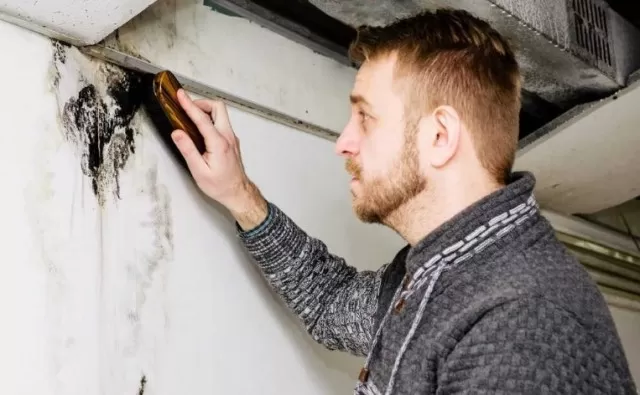Mold in Basement: Identification and Treatment. The basement is a prime location for mold growth in houses due to its tendency to collect and retain moisture. Mold thrives in moist environments, and the lack of natural light and airflow in basements creates an ideal breeding ground.
It’s important to address mold in the basement promptly, as certain types, like black mold, can pose health risks. Additionally, mold can cause the deterioration of organic materials, such as wood, leading to structural damage. Therefore, identifying and treating basement mold should be a top priority once you suspect its presence.
Mold in the Basement: Identification and Treatment Methods

Mold is a common issue in homes with basements.
The proximity to groundwater can lead to water seeping through concrete floors, floor sleepers, and wall studs. Without proper water diversion systems, accumulated water in the soil can cause foundation cracks and subsequent water leakage.
The process of identifying and treating basement mold involves multiple stages.
First, locating the mold is crucial, followed by conducting tests to determine its type. Structural elements may need to be removed to gain access to the mold, if necessary.
Then, the mold must be eliminated using appropriate methods. Next, depending on the situation, the dead mold spores should be mechanically removed or encapsulated.
Finally, attention should be turned to addressing the underlying issue that allowed mold growth in the first place.
By following this comprehensive approach, you can effectively tackle mold in basements, ensuring a healthier and safer living environment.

Codes, Regulations, and Permits: Ensuring Compliance in Mold Removal.
In most communities, there are no specific laws that monitor or enforce mold removal.
However, it’s always important to check with your local permitting office to determine if permits are required for mold remediation.
Timing of Basement Mold Treatment.
It is crucial to address mold in the basement as soon as possible to prevent its further growth and potential health risks.
If the basement has recently experienced flooding, it’s essential to remove all water and ensure the area is completely dry before initiating mold removal procedures.
Given the potential hazards associated with certain mold strains, it is essential to prioritize safety during the remediation process.
It is recommended to wear the full range of personal protective equipment (PPE) and establish a sealed work area. PPE typically includes at least a HEPA N95 mask, although a P100 mask is preferred, as well as hooded disposable coveralls, latex or latex-substitute gloves, shoe covers, and safety glasses.
By adhering to safety guidelines and regulations, you can effectively address basement mold while protecting your well-being during the remediation process.
Basement Mold Identification: Key Steps to Identify Mold Infestation

Identifying Mold in the Basement: Key Steps for Detection.
Smell the Air: A distinct musty, dusty, or earthy smell often indicates the presence of mold in the basement.
If you’re familiar with the scent of wet wood or dirty socks, it resembles the odor associated with basement mold.
Identify Potential Mold Harborages: When you detect a moldy smell, begin your search for mold.
Focus on areas near water supply pipes, water drainage lines, sewage pipes, dryer vents and laundry rooms, under sinks, in the ceiling of finished basements, near bathroom exhaust vents, around sump pumps, and inside wall cavities.
Visual Inspection: Turn on a work light and visually scan for visible signs of mold.
Look for small black speckles, areas resembling burn marks, or larger sections that appear dirty or discolored.
Conduct a Bleach Test: Create a mixture of 1 part bleach to 10 parts water in a glass container.
Dab a cotton swab into the mixture and run it across the suspected mold area. If the surface remains unchanged, it is likely just dirt.
However, if the swabbed area lightens, it indicates the presence of mold or mildew.
Probe the Area: Using a screwdriver, gently probe suspected mold areas in drywall or wood.
If it is indeed mold, the surface will yield easily, flaking away or even disintegrating upon contact.
By following these steps, you can effectively identify mold in your basement, allowing for appropriate remediation measures to be taken.
Remember to exercise caution and seek professional assistance if necessary, especially if dealing with extensive mold growth or potential health risks.
Treating Mold in Your Basement: Effective Strategies for Remediation

Safety Precautions: Before beginning the mold treatment process, ensure you have the appropriate personal protective equipment (PPE) to safeguard your health.
This typically includes wearing a N95 or P100 respirator mask, disposable coveralls, gloves, and eye protection. Additionally, seal off the work area to prevent mold spores from spreading to other parts of your home.
Address Moisture Sources: Identify and rectify any moisture issues in your basement.
Repair Leaks, improve ventilation, and address condensation problems. By eliminating the source of moisture, you can prevent future mold growth.
Contain the Mold: Isolate the affected area by sealing off doors, vents, and ducts to prevent the spread of mold spores.
Use plastic sheeting or barriers to create a containment zone.
Remove Mold-Infested Materials: Carefully remove any porous materials, such as drywall, carpeting, or insulation, that are extensively contaminated with mold.
Dispose of these materials following proper guidelines to avoid further contamination.
Clean and Disinfect: Thoroughly clean non-porous surfaces using a solution of water and detergent.
Scrub the affected area using a brush or sponge to remove visible mold. After cleaning, apply a disinfectant specifically designed for mold remediation to kill any remaining spores.
Dry the Area: Promote proper drying of the basement by using dehumidifiers, fans, and ensuring adequate airflow.
Keeping humidity levels low will discourage future mold growth.
Monitor and Prevent: Regularly inspect the basement for signs of mold recurrence.
Address any moisture issues promptly and maintain good ventilation to prevent mold from returning.
Note: In cases of extensive mold growth or if you are uncertain about handling the remediation process, it is advisable to consult a professional mold remediation service to ensure thorough and safe treatment.
By following these steps, you can effectively treat mold in your basement and create a healthier living environment.
*The information is for reference only.